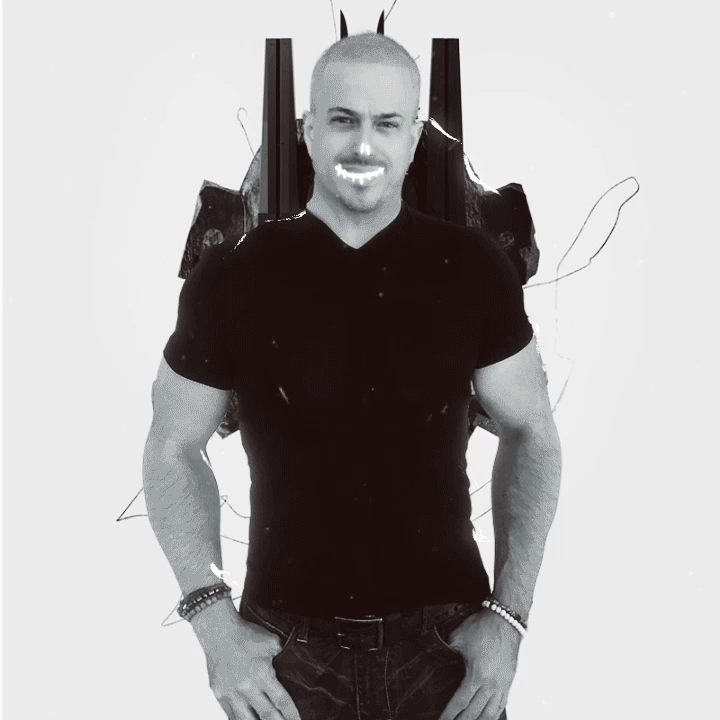
On A.I.
There are pictures living in my head that I’ll never make. Images I could describe in infinite detail, down to a vacant gaze, to folds and textures and dark creases where light envelops and shines and sculpts. I see rooms and limbs intertwined, assemblages of individuals standing within impossible spaces. Lost battalions eager and swallowed. Birds, feathers full of tragedy, weighed down but beautiful.
I can let them go. I’ve accepted this.
Or I could write a prompt.
…
When I came across this New York Times article, I was gripped by very conflicting emotions. Something like awe and nausea. The post is behind a paywall, but hopefully you can still access it through the free tier limit. If you do, take a minute to look at the slideshow behind the story’s title, it’s worth the time.
I can’t look away from those images, or dismiss how inspiring they are, but I’m struggling to understand the endgame. It’s one thing to use AI as an assistant, helping out with purely technical and tedious tasks: masking in Lightroom, for instance. But that’s not the race we’re in, is it? What strikes me about the NYT article isn’t the nature of the artwork itself, or the fact that an AI is responsible for the results. It’s the insignificance of the work involved. It boils down to typing “do this for me“. Yes, you can iterate and refine the output but…you’re essentially curating, not creating. The only truly important human input comes from Jodorowsky, but he’s an unwilling participant. His life’s work transformed into a guide track, ingested by the machine and used as an interpreter.
During the holidays I had a conversation about AIs with my brother-in-law. He’s a computer engineer and consultant, and he told me he’d been using it to assist with coding. Like I do with masking, basically, although it possibly represents another step up the ladder. I told him I’d experimented with AI-generated content as well, just to test the waters [1].
This is all fine, I said. But what if a day comes when we’re tired, and we push further, leave it all up to the AI… and everyone congratulates us on the amazing job we did? What then? Will we ever do the work on our own again? Seriously, why would we?
Here’s the tagline for Boomy, a music-focused AI service (emphasis mine):
Make original songs in seconds, even if you’ve never made music before
Submit your songs to streaming platforms and get paid when people listen
Join a global community of artists empowered by Boomy AI
Artists? Who’s the artist in this process? There is no skill, no craft, no knowledge. No pain, no love, no toil, no joy. But hey…you might get paid when people listen?
I want to believe in boundless imagination, unconstrained by the limits of matter, free to roam inside the confines of previously unreachable worlds. Elevation. But that’s not how humans work. Humans profit, cut corners, and replace—so jobs will be lost, entire fields and crafts will disappear. It’s already begun.
Which is why I keep coming back to this: what’s our endgame?
…
Look, there’s a good chance I’m being overly pessimistic. I might be the painter dreading this newfangled invention called photography; or the musician scoffing at a sequencer, or a sampler, in the 70s and 80s. I’m not blind to the potential. There’s no doubt in my mind that artists—real artists—will find ways to explore this technology in new, smart, and exciting ways. My fear is that it won’t matter. If corporate greed opens the valves to cheap AI-generated content, if they can push a button and millions follow, with no one the wiser, how will artists survive the onslaught? If you fall in the ocean there’s a point where you can’t reach the surface anymore.
I’m hoping for magic, and balance.
Hoping we can avoid atrophy.
And hoping for songs that don’t suck.
Originally published in These Traces 073.
This content was originally published here.




